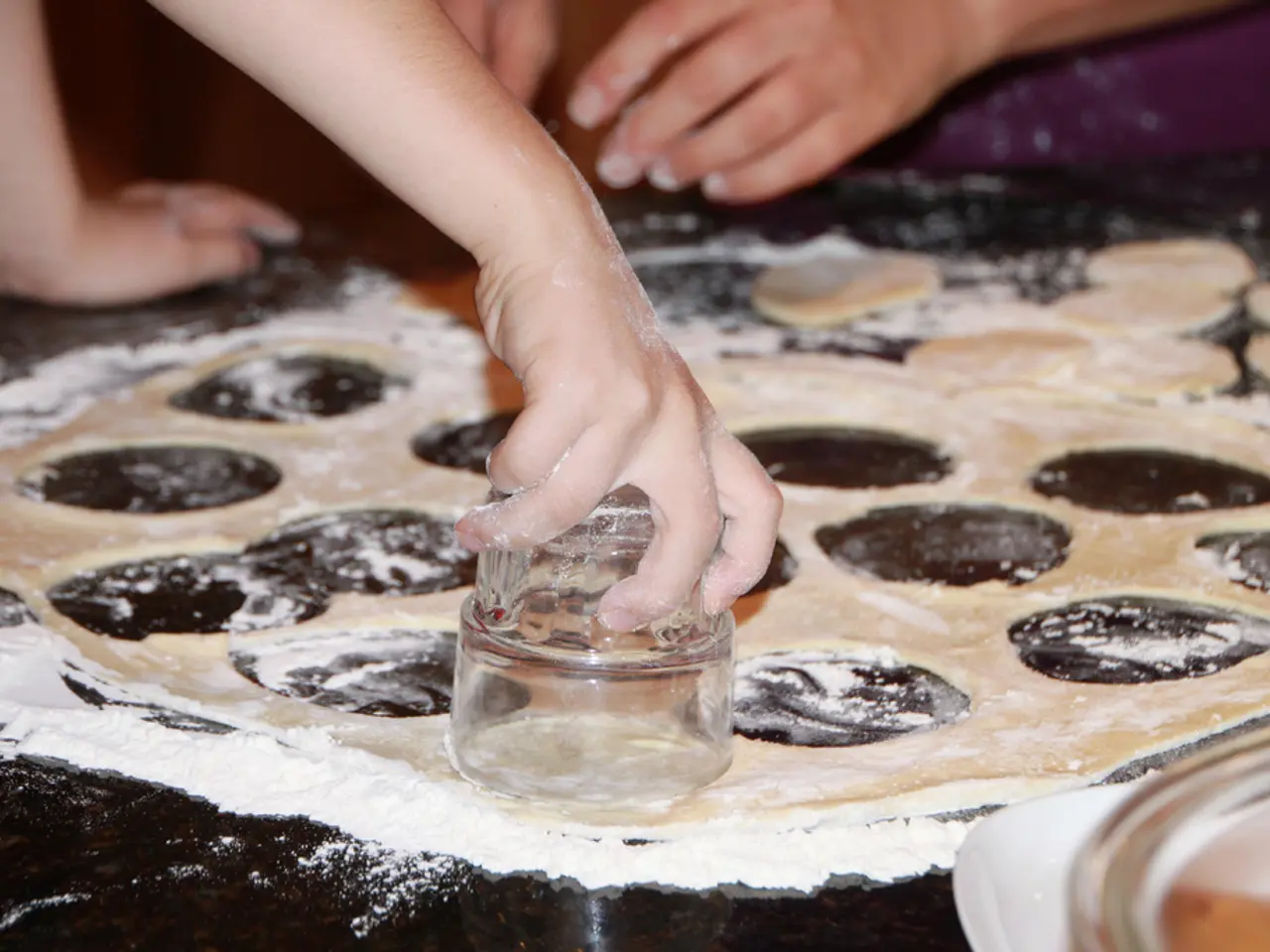Preparing Infant Meals: Food Recipes and Nutritional Information
Preparing homemade baby food can be a rewarding experience for parents and caregivers, offering the opportunity to save money and ensure optimal nutrition for their little ones. Here are some key guidelines to help you safely and effectively prepare homemade baby food.
The American Academy of Pediatrics recommends introducing solids to babies around 6 months old, when they show signs of readiness, such as sitting mostly on their own and having good head control. By this age, the primary purpose of solids is to offer supplemental nutrition and get babies accustomed to new foods. Formula or breast milk should still be the primary source of nutrition.
When making baby food at home, it's important to follow meticulous hygiene practices. Always wash your hands thoroughly before handling baby food, and ensure your workspace and all equipment are clean. Keep utensils and surfaces separate from those used for adult foods, especially raw meats, to prevent cross-contamination. Wash fresh produce under running water, and you may also use frozen vegetables.
Cooking methods for baby food are simple and straightforward. Steam, roast, or bake fruits and vegetables until very soft to retain nutrients and make them easy to puree or mash. Cook meats by trimming fat, removing skins or bones, and ensuring they are fully cooked through (meat should reach 165°F for safety). Avoid adding sugar or spicy seasoning; you can lightly season with mild spices or herbs to introduce flavor.
The consistency and texture of baby food should be appropriate for the baby's age. For young infants starting solids, prepare smooth purees using a blender or food processor, thinning with breast milk, formula, water, or low-sodium broth as needed. As babies get older, transition to mashed foods with some texture and then to finely chopped or minced foods to develop chewing skills. For baby-led weaning, offer soft finger foods cut into suitable shapes and sizes to minimize choking risks.
Introducing new foods is an important part of the process. Begin with iron-rich foods such as fortified infant cereals, cooked meats, eggs, tofu, legumes. Introduce a variety of fruits, vegetables, grains, dairy, and allergenic foods (e.g., peanut butter, cooked egg) one at a time in small amounts while watching for any adverse reactions. Introducing common allergens early and consistently may reduce allergy risks; consult your pediatrician for personalized advice.
Storage is crucial to maintain the freshness and prevent contamination of homemade baby food. Store homemade baby food in clean, sealed containers. Refrigerate for up to 1–2 days or freeze for up to 2 months (guidance varies from 30 days to 2 months depending on source). Use ice cube trays to freeze small portions for convenient thawing. Label containers with the date and contents to keep track of freshness.
When reheating, warm food evenly (stir well to avoid hot spots), test the temperature before serving, and discard any leftovers that have been given to the baby. Suitable ingredients for baby food include vegetables like green beans, peas, sweet potatoes, carrots, squash, pumpkin, fruits such as banana, avocado, and pear, proteins like beef, lamb, pork, chicken, tofu, legumes, egg, grains like oats, couscous, rice, and dairy like yogurt (once dairy is introduced safely). Avoid added salt or sugar; keep offerings natural and nutrient-rich.
In conclusion, preparing homemade baby food involves meticulous hygiene, cooking foods until soft, pureeing or mashing to appropriate textures for the baby's age, introducing a wide variety of foods including allergens gradually, and storing food safely to maintain freshness and prevent contamination. These practices will help ensure nutritious, safe, and enjoyable feeding experiences for your baby.
- For parents and caregivers, preparing homemade baby food offers the chance to save money and ensure optimal nutrition for their little ones.
- Recipes for homemade baby food should follow meticulous hygiene practices, with thorough hand washing before handling and a clean workspace and equipment.
- Cooking methods for baby food are simple, involving steaming, roasting, or baking fruits and vegetables to soften them and retaining nutrients, while meats should be trimmed, cooked fully, and devoid of added sugar or spicy seasoning.
- The American Academy of Pediatrics suggests introducing solids to babies around 6 months old, and primary nutrition should still come from formula or breast milk.
- Parenting and home-and-garden magazines often feature recipes for baby food, offering lifestyle tips and nutrition advice for families.
- Children's health is crucial, and the consistent introduction of common allergens may reduce allergy risks; consult your pediatrician for personalized advice on healthy meal choices.
- Food-and-drink stores stock a variety of ingredients suitable for baby food, such as green beans, peas, avocado, pear, tofu, and yogurt.
- Caregivers should store homemade baby food in sealed containers for 1–2 days in the refrigerator or 2 months in the freezer, labeling with the date and contents to keep track of freshness and prevent contamination.




